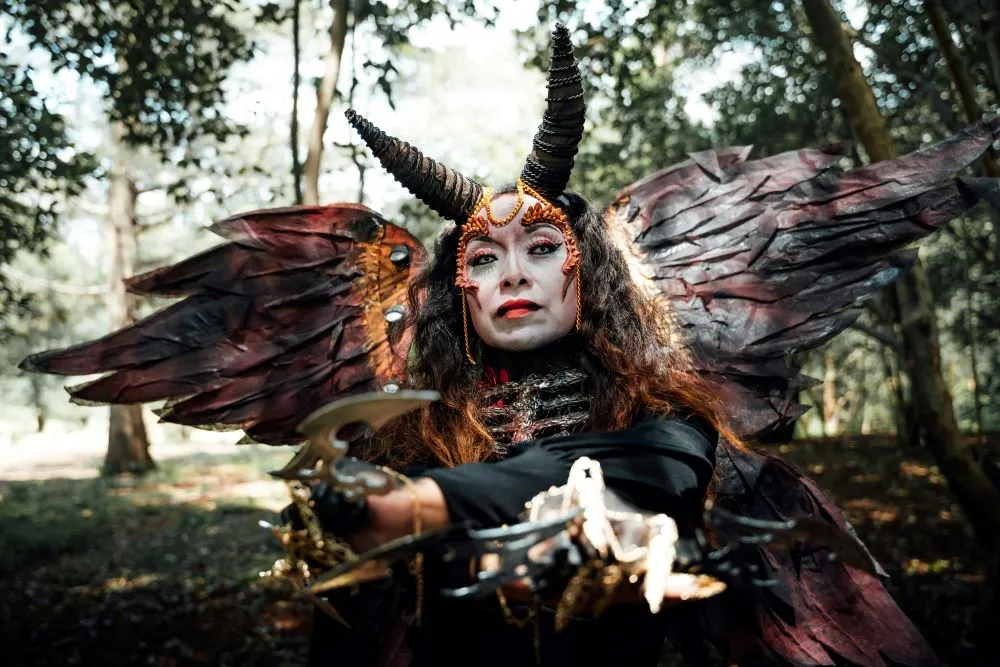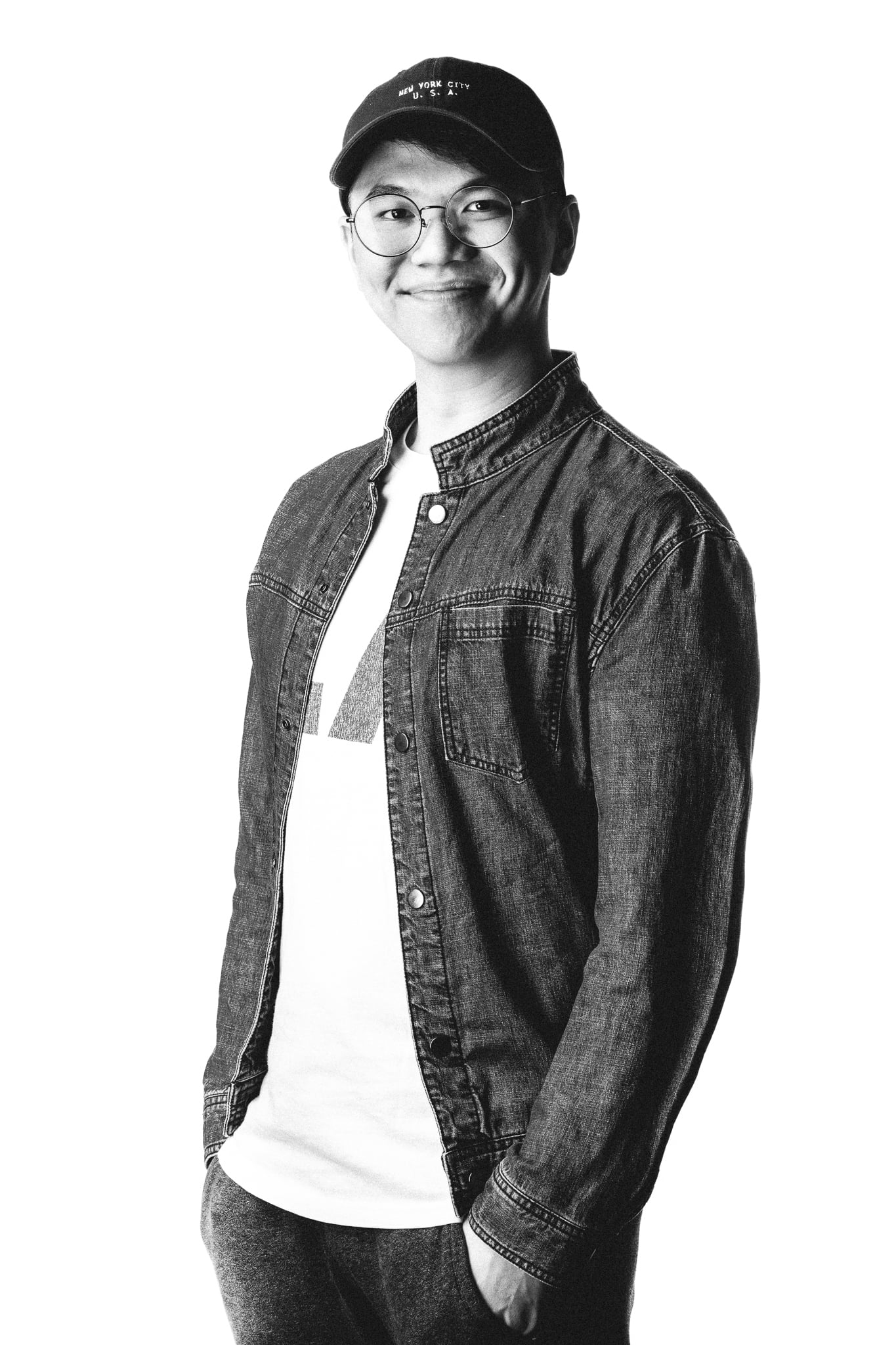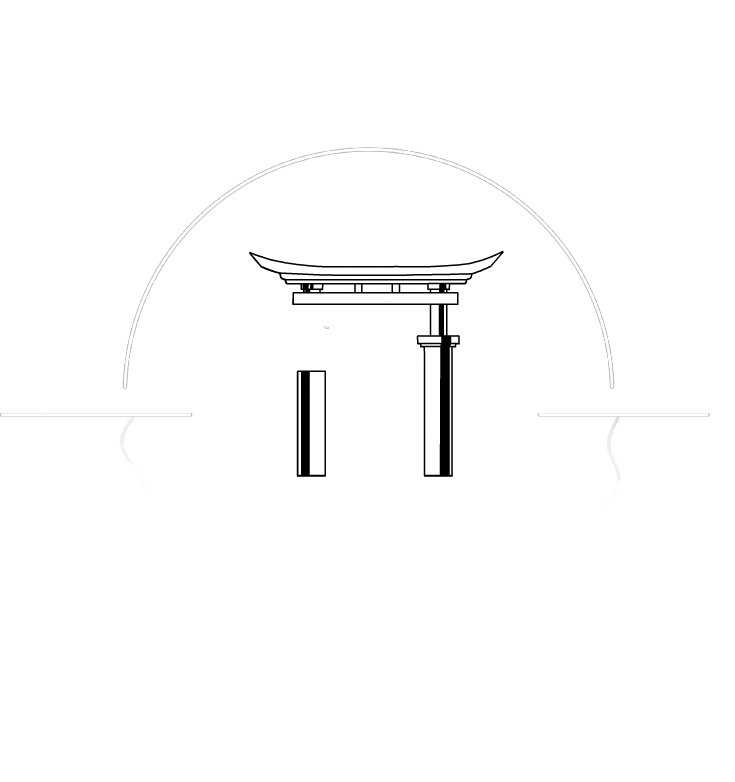Ever wondered how those mind-blowing explosions, realistic makeup transformations, or fantastical miniature sets come to life on screen?
You’ve got SFX (special effects) to thank for that. Dive into the world of SFX with us, exploring the techniques used to create physical illusions for film, television, and beyond. We’ll even discuss their impact on storytelling, with emphasis on how they breathe life into animated projects, to give you ideas for your own SFX adventure.
What is SFX?
Let’s begin with the meaning of SFX.
SFX, or special effects, refer to any practical effect created during filming to achieve a desired visual result. Unlike VFX (visual effects), which involves visual manipulations done primarily in post-production, SFX is crafted on set, providing tangible elements that interact directly with the environment and actors.

So what is or constitutes SFX? Some core tools and techniques include:
- Pyrotechnics: Used to create explosions, fire effects, and other combustive visuals, like when Heath Ledger’s Joker blew up the hospital in The Dark Knight.
- Prosthetics and creature makeup: These techniques transform actors into fantastical beings with the help of detailed makeup and prosthetic limbs. Actor Doug Jones is one notable example whose filmography is filled with non-human characters made possible through heavy makeup, including Pan from Pan’s Labyrinth and the “Amphibian Man” from The Shape of Water. These methods also imbue physical presence to animated characters, even if only for specific reference or close-up shots.
- Miniature sets and models: Scaled-down models used to simulate larger environments or objects, just like the scale model of Hogwarts used throughout the Harry Potter series for external shots of the fictional castle.
- Atmospheric effects: Elements like rain, fog, and wind enhance the setting’s realism, from the cold winds of the North in Game of Thrones to the isolated, sandy dunes of Arrakis in Dune.
- Simulated destruction: Controlled demolitions, break-away props, and other techniques create spectacular moments of destruction, just like in the pivotal test scene of Oppenheimer. These scenes allow animators to add further enhancement and detail later, making the final product even more impactful.
- Illusions of scale: Creating the illusion of massive structures or sprawling landscapes often involves the use of miniatures, forced perspective, and matte paintings. These techniques can serve as backgrounds for animation sequences, giving them a believable sense of depth and scale. The Lord of the Rings, in particular, is a prime example of how forced perspective can be done well.
SFX and Animation
Even the most fantastical animated worlds benefit from a grounding in reality, and this is where SFX plays a crucial role.
By providing tangible references, such as miniature sets for establishing shots or practical atmospheric effects to enhance animated environments, SFX helps create a sense of authenticity.
SFX also becomes key when animated characters need to interact with the real world. This interaction can range from using simple, practical props to deploying fully constructed animatronic creatures for close-up shots. A notable instance of this is seen in E.T. the Extra-Terrestrial, where the use of animatronics enabled believable interactions between the human characters and the alien.
Furthermore, even when the final visuals are predominantly digital, SFX provides invaluable resources for animators, including lighting references, realistic textures, and dynamic movement studies. This synergy between practical effects and digital animation is exemplified in Avatar, where the blend of these elements resulted in highly authentic and immersive visuals. By integrating SFX with animation, filmmakers can infuse their projects with a tangible sense of reality that enriches the viewer’s experience.
The Power of SFX in Storytelling

Ultimately, no matter how good your post-production VFX is, nothing quite sells an explosion or collapsing building like the visceral impact of SFX. It adds a level of realism and spectacle that complements even the most fantastical digital creations, creating genuine reactions from the actors that viewers can almost feel on a tangible level.
Plus, SFX often paves the way for the impossible. Practical effects provide a tangible starting point for animators to then amplify and embellish, creating seamless transitions between the real and the imagined. They can even add an element of surprise and unpredictability that elevates animated sequences, resulting in a subtle texture that makes everything feel more genuine and immersive.

Benjamin Ang, the Creative Director of Genesis Motion Design, has more than 10 years of experience in motion graphics, design, and animation, Benjamin embarked on his own journey in 2015 with the birth of Genesis Motion Design, a studio focused on brand-driven storytelling.


